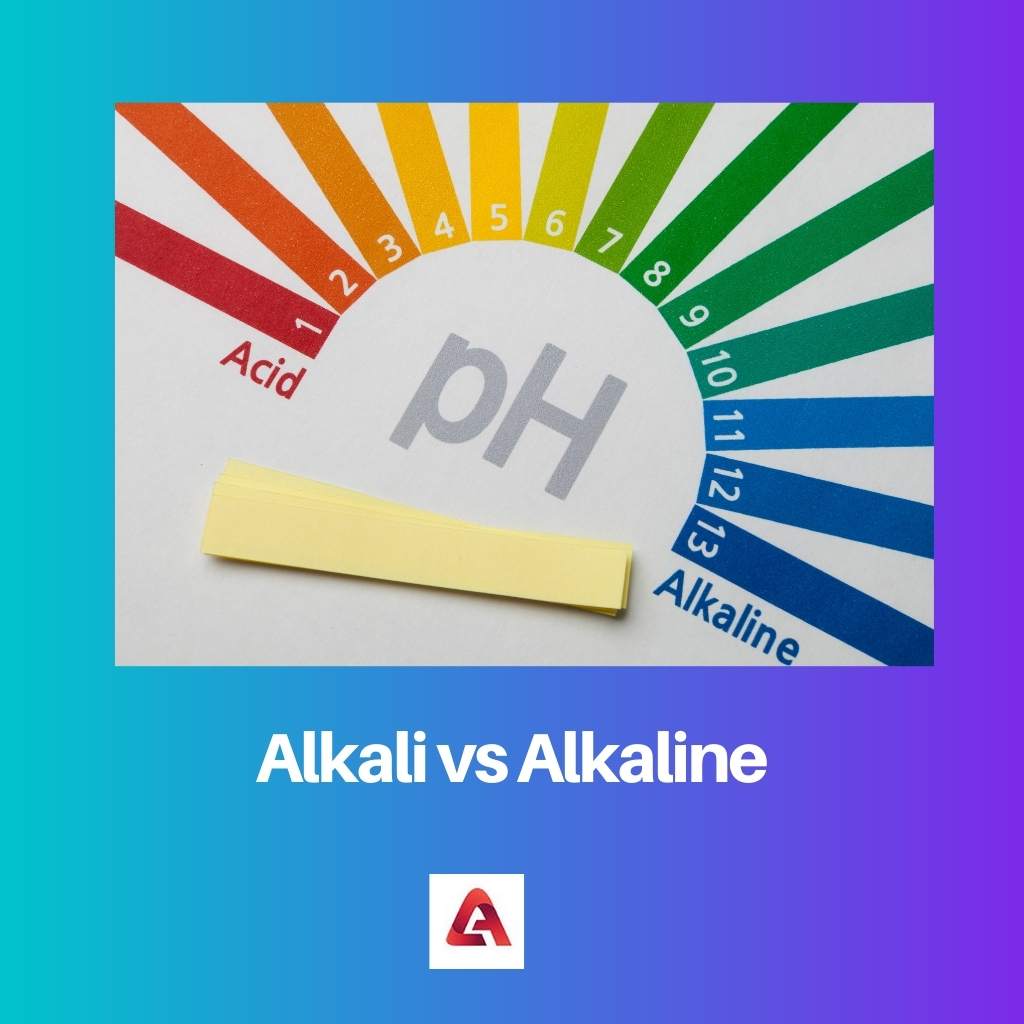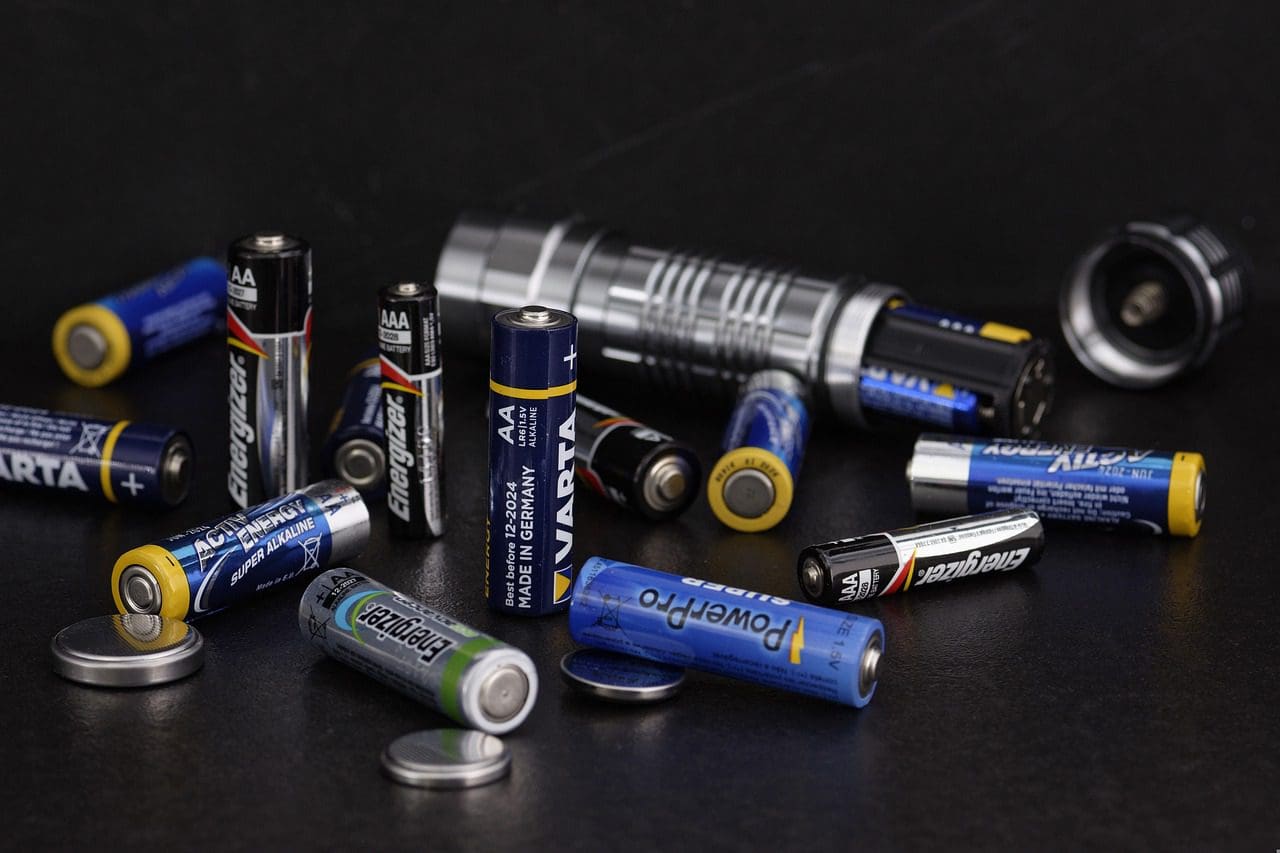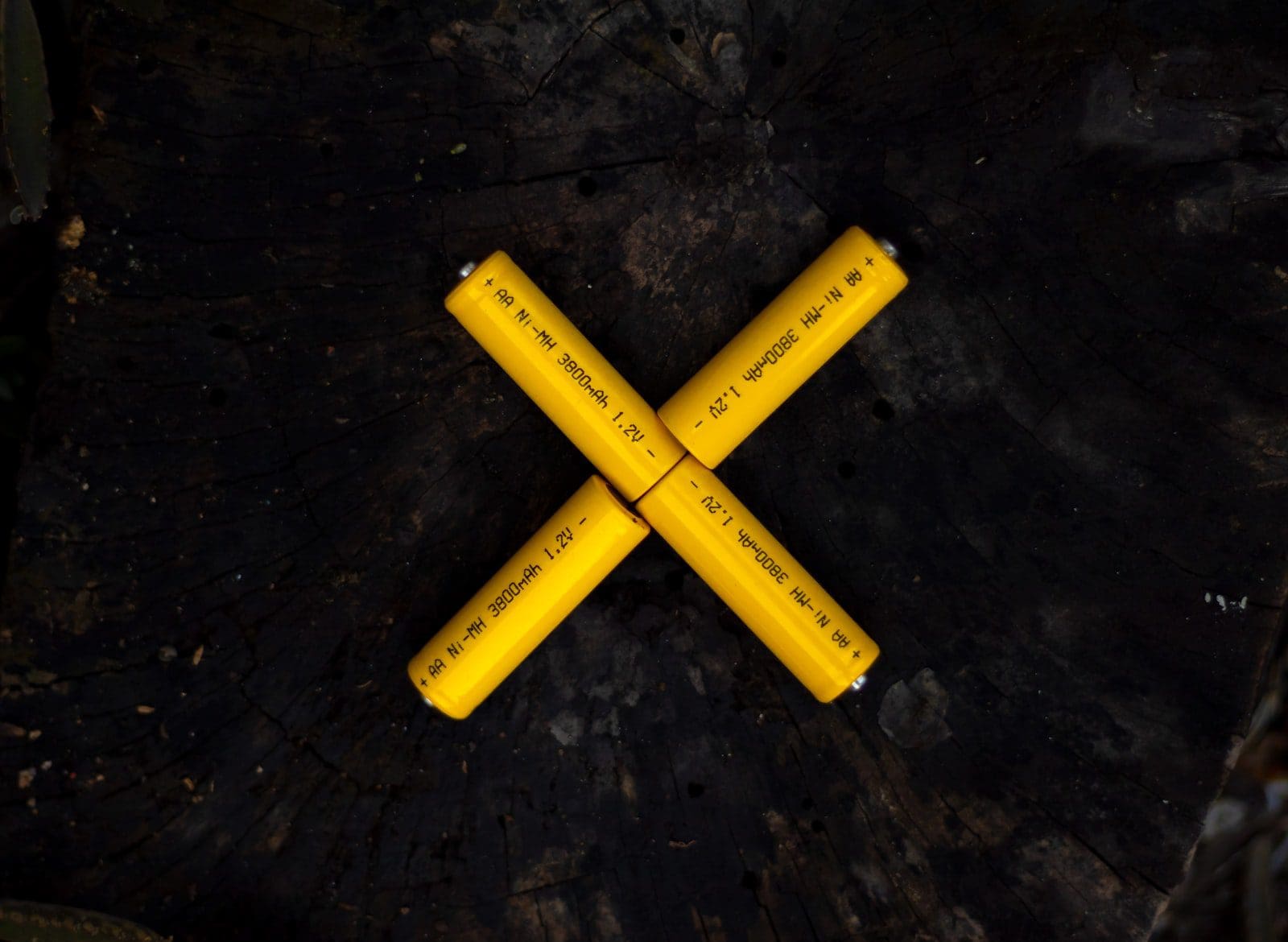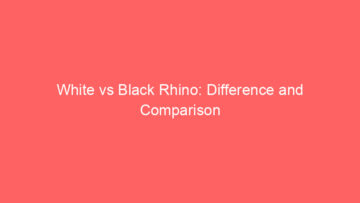5 elements make the world-fire, water, earth, air, and Space. These five elements are responsible for making this world.
If we talk about the elements discovered by the scientists that exist on Earth, we will see as they were discovered, they were arranged in a periodic table.
Alkali and alkaline earth metals are two of the parts in which the periodic table is made. But they’re different from each other.
Key Takeaways
- Alkali refers to a basic substance that can neutralize acid, while alkaline refers to a substance with a pH greater than 7.
- Alkali is a subset of alkaline, as all alkalis are alkaline, but not all alkaline substances are alkalis.
- Alkalis are used in various applications such as cleaning, water treatment, and manufacturing, while alkaline substances are present in many natural materials such as soil, water, and minerals.
Alkali vs Alkaline
Alkali refers to a group of highly reactive chemical compounds that dissolve in water to form a basic or alkaline solution and is used in various industrial processes such as soap-making, food processing, and water treatment. Alkaline refers to a substance or solution that has a pH greater than 7.

The alkali metals are group 1 of the periodic table. Elements like sodium, lithium, and caesium have an extra electron in their valence shell. The compounds they form with other elements are caller alkali compounds.
Like NaCl, where Na is sodium, and Cl is chloride, they together form a bond, and that Compound will be known as an alkali compound.
The Alkaline earth metal makes group 2 of the periodic table. Elements like calcium and magnesium also make hydroxide ions when added to water.
Also, Alkaline earth metal has higher pH values if we talk about the pH value. We can simply denote with >7 for a better understanding.
Comparison Table
| Parameters of Comparison | Alkali | Alkaline |
|---|---|---|
| Definition | In the periodic table, Alkali metals are the group 1 elements. | Alkaline is the group 2 elements of the periodic table. |
| Elements | Some elements like sodium, lithium, caesium, potassium, are alkali metals. | Elements like calcium, magnesium, rubidium, are alkaline earth metal. |
| Valence electrons | In alkali metals, the last valence shell has one electron. | In alkaline metals, the last shell has two electrons. |
| Formation | Alkali metals form +1 cations. | Alkaline forms +2 cations. |
| Ionisation energy | If we talk about elements in group 1, the ionisation energy is low. | Alkaline has higher ionisation energy. |
What is Alkali?
Our world is made up of elements. Some exist in sharing electrons with someone making ionic bonds, and some make covalent bonds fulfilling each other’s octet.
However, some things are common. The bonds they form are always in a stable state. And all elements strive to make bonds with someone to find stability.
Alkali metals are the group 1 element of the periodic table designed by scientists. Various periodic tables were suggested, but in 1913, the final table was considered one of the most reliable and appropriate.
Alkali metals like lithium, sodium, potassium, caesium, etc., have one thing in common. They have one election in their last shell.
This electron plays an important role in stabilising the elements. Their last electron can be used to make bonds with elements with 7 electrons in their last shell and need one more.
Like chlorine, If we see its last shell, it’s Deficit by one electron. This sodium electron can be given to chlorine to form bonds making sodium chloride.
The final stability comes when your last shell is complete. Either accept from someone or give someone. The last shell must be full to be stable.
Alkali metals have a pH of 7 and more, turning the red litmus paper into blue and showing acidity properties.
Also, alkali metals can be used to naturalize acidic reactions. These have less ionisation energy since it’s easy for them to donate one electron from their valence shell.

What is Alkaline?
The periodic table suggested in 1913 classifies elements based on their nature. You’ll see some groups that need one electron, some will need two, and some will be full as well. Group 1 is Alkali metals which tend to donate one electron to reach a stable state.
Alkaline earth metals tend to give two electrons to these elements that need exactly two elements.
Elements like calcium, beryllium, and magnesium have two electrons in their valence shell which they can donate to those who need two elements.
If we see a compound, CaO is known as calcium oxide. Here, oxygen has 6 electrons in its valence shell and needs two more to complete its octet.
However, at the same time, the calcium has 2 electrons in its valence shell and needs to donate two to stabilize itself. So they come together to form a bond in favour of stabilizing each other.
Alkaline earth metals have a pH of more than 7 turning red litmus paper into blue. Alkaline earth metals form +2 cations, and this positive sign indicates that the donation of two electrons has been performed.
Also, alkaline metals have high ionisation energy because it’s easy to donate one electron, but a donation of a second electron takes lots of energy.

Main Differences Between Alkali and Alkaline
- Alkaline metals have less ionisation energy, while alkali metals have high ionisation energy.
- The alkali metals are soft by nature, while the Alkaline metals are hard since they’re found on Earth.
- Alkali metals have a larger atomic radius, while Alkaline metals have a low atomic radius.
- Alkali metals have one extra electron in their valence shell, while alkaline metals have 2 extra electrons.
- Alkali metals like lithium, sodium, and potassium and Alkaline metals like calcium, beryllium, and magnesium.




